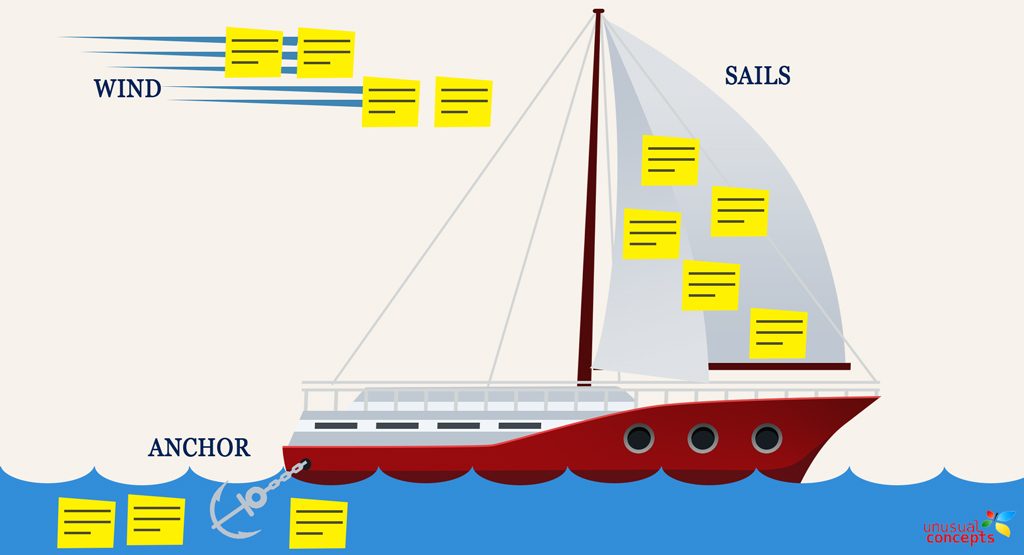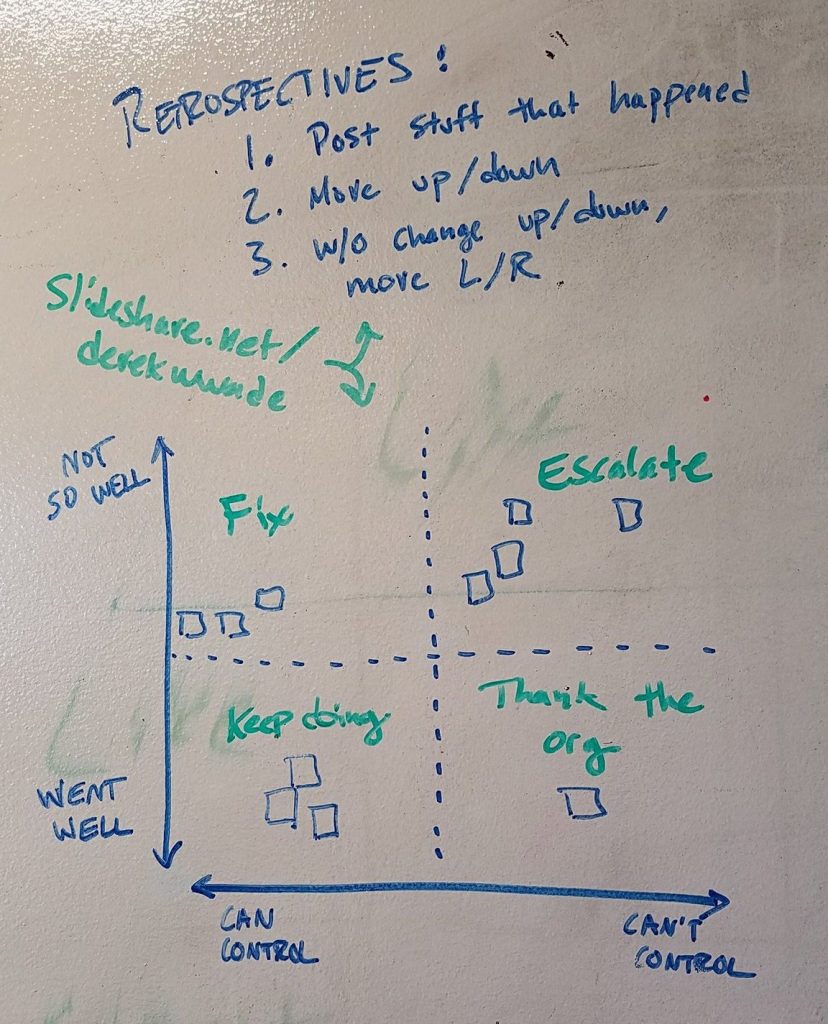https://fullcirc.com/2018/11/15/moving-offline-liberating-structures-practices-online/
What is your Powerful Question?
Scrum Mastery: 5 Steps to Improve Team Process
- Step 1: Increase the Depth and Breadth of Transparency
- Step 2: Apply Lean Principles Simplified
- Step 3: Expect Change and Seek Better (i.e. Inspect and Adapt)
- Step 4: Focus on Delivering a “Done” Increment
- Step 5: Move Beyond the Low Hanging Fruit
Read the complete article here: https://www.scrum.org/resources/blog/scrum-mastery-5-steps-improve-team-process
Create shared understanding with ‘What, So What, Now What’
In this post, The Liberators explain the Liberating Structure What, So What Now What and how they use this structure within the context of Scrum.
Read the complete article here: https://medium.com/the-liberators/create-shared-understanding-with-what-so-what-now-what-6dda51d5bcf9
Myth: The Product Owner is a proxy for stakeholders
In this post, The Liberators bust the myth that the Product Owner is a proxy for stakeholders. The bottom-line is that Scrum Teams become significantly less Agile when only the Product Owner communicates with stakeholders. Instead of framing the Product Owner as a proxy, they instead prefer to explain the Product Owner as the person responsible for including stakeholders in the conversation. They offer a few concrete tips on how to do this.
Read the complete post here: https://medium.com/the-liberators/myth-the-product-owner-is-a-proxy-for-stakeholders-7dae57eb6daa?mc_cid=d2843cbf59&mc_eid=b8b1840566
Myth: Refinement is a required meeting for the entire Scrum Team
In this post, The Liberators bust the myth that Product Backlog refinement should be done as one or more required ‘meetings’ that must be attended by everyone in the team. They clarified the purpose of refinement in Scrum, offered alternative approaches to do refinement and provided some tips to increase the effectiveness.
Read the complete post here: https://medium.com/the-liberators/myth-refinement-is-a-required-meeting-for-the-entire-scrum-team-b17fb7bc25fa?mc_cid=d2843cbf59&mc_eid=b8b1840566
The Art of Product Backlog Refinement
In this blogpost Stephanie Ockerman tries to answer the question “how much Product Backlog refinement should we do and how much detail should be in the Product Backlog?” by applying the The Goldilocks Principle.
Read the complete post here: https://www.scrum.org/resources/blog/art-product-backlog-refinement
Refactoring — Not on the backlog!
In this
Enhancing Sprint Review With The Speed Boat Game

The Speed Boat game explores user’s pains and jobs. The heart of the game is a metaphor of a Speed Boat (product). It has anchors: current problems and pains in using the Product that prevents it from moving forward. The stronger the anchor, the higher amount of customer pain, the more anchor slows the boat down.
Read all about it here: https://www.scrum.org/resources/blog/enhancing-sprint-review-speed-boat-game
Retroformat for teams that have not yet experienced a useful learning retrospective

Things they can’t control and hold them back… Escalate. Inform mgmt, coaches, etc.
How to facilitate this: https://www.slideshare.net/derekwwade/team-coursesprint-retrospective-module
Found this information on Twitter: https://twitter.com/DerekWWade/status/992842247895945216
